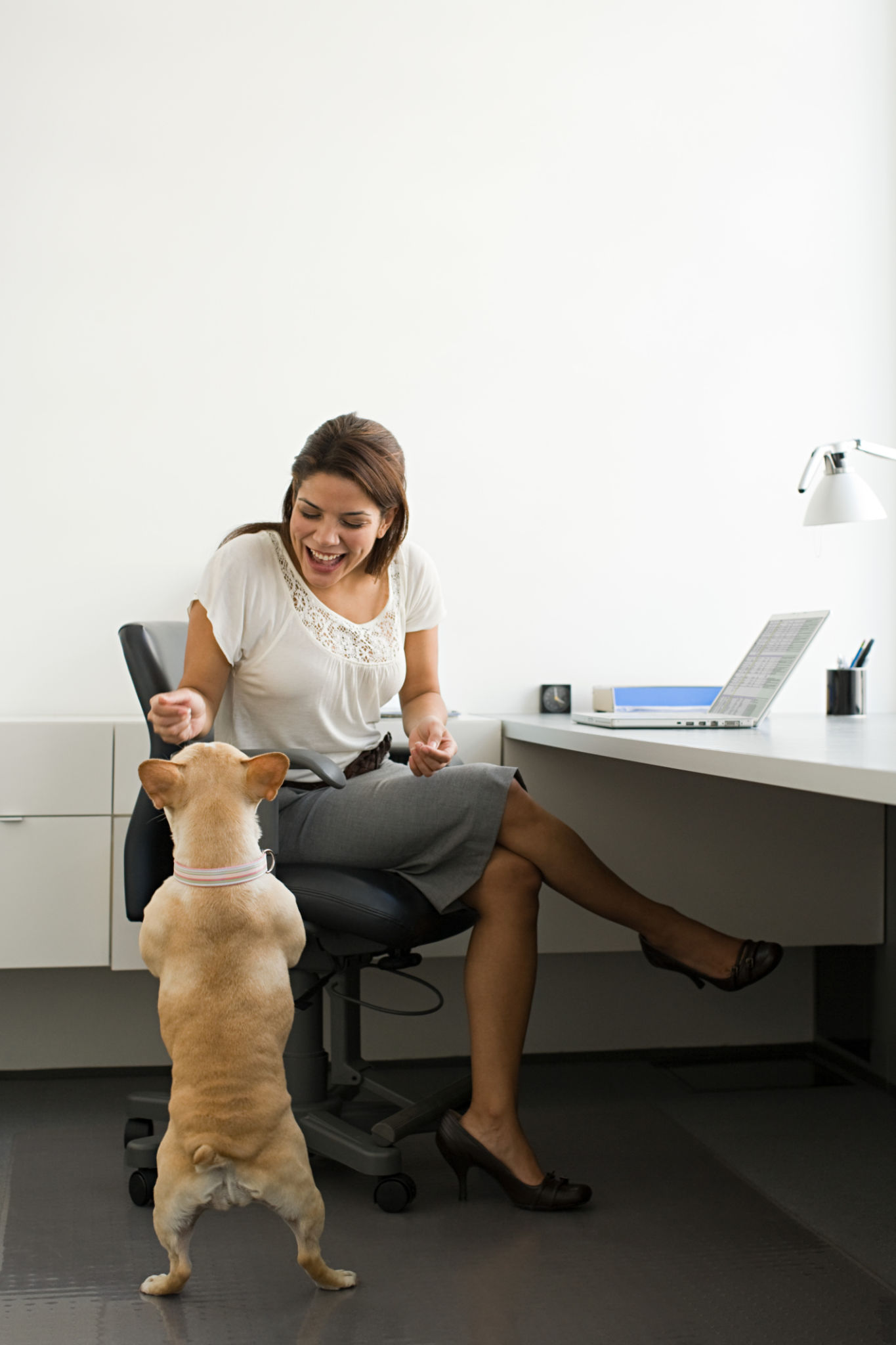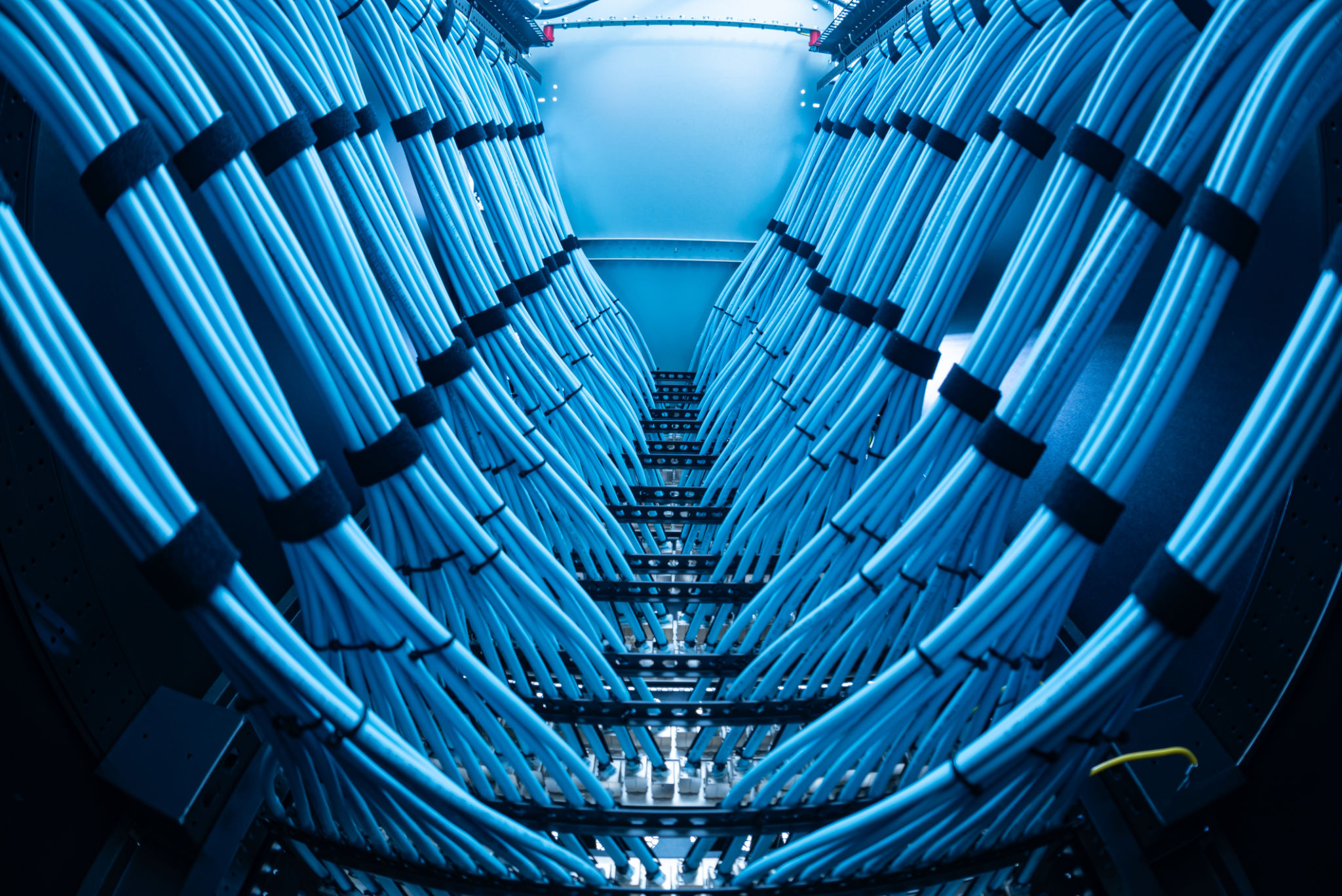How to Set Up a Home Office with the Best Hardware Solutions
Al
Choosing the Right Desk and Chair
Setting up a home office begins with selecting the right desk and chair. These two pieces of furniture are fundamental to your comfort and productivity. When choosing a desk, consider the available space and the type of work you'll be doing. A spacious desk can accommodate multiple monitors, while a minimalist desk might be better for smaller spaces.
Equally important is selecting an ergonomic chair. Spending long hours at your desk can strain your back, so investing in a chair that provides proper support is crucial. Look for chairs with adjustable height, lumbar support, and comfortable padding.

Computer and Monitor Setup
Your computer is the heart of your home office. Consider what you need it for: simple tasks might only require a basic laptop, while more intensive work like graphic design needs a powerful desktop. If you often run multiple applications simultaneously, ensure your computer has enough RAM and processing power.
Pairing your computer with the right monitor can significantly enhance productivity. A larger screen or dual monitors can make multitasking easier by allowing you to view multiple applications at once.
Peripheral Devices
Don't overlook the importance of peripheral devices. A quality keyboard and mouse can make a big difference in your daily tasks. Consider wireless options to reduce cable clutter on your desk. Additionally, if you frequently participate in video calls, a good webcam and noise-cancelling headphones are essential.

Connectivity and Networking
Reliable internet connectivity is crucial for a home office. Invest in a high-speed internet plan to avoid disruptions during video meetings or large file uploads. If your workspace is far from the router, consider using a Wi-Fi extender to improve signal strength.
For those who prefer a wired connection, Ethernet cables provide more stable and faster internet speeds than wireless options. This can be especially beneficial for tasks that require consistent connectivity.
Backup and Storage Solutions
Data security should not be overlooked in your home office. Regular backups can prevent data loss from hardware failures or cyber threats. Options include cloud storage services like Google Drive or Dropbox, as well as external hard drives for physical backups.

Lighting and Ambiance
Proper lighting is essential for reducing eye strain and creating a pleasant working environment. Natural light is ideal, so position your desk near a window if possible. If natural light is limited, consider using adjustable LED lamps to customize brightness levels.
Ambiance also plays a role in productivity. Consider adding personal touches like plants or artwork to make your space inviting and motivational.
Cable Management
With numerous devices and cables, managing cords can quickly become overwhelming. Use cable management solutions like clips, ties, or under-desk trays to keep everything organized. This not only improves the aesthetics of your workspace but also makes it easier to clean and maintain.

Final Thoughts
Creating an efficient home office setup involves thoughtful consideration of both hardware solutions and ergonomic principles. By investing in quality equipment and organizing your space effectively, you can enhance your productivity and comfort while working from home.
Remember that personal preferences play a significant role in how you configure your office, so don't hesitate to customize it to suit your unique needs and workflow.